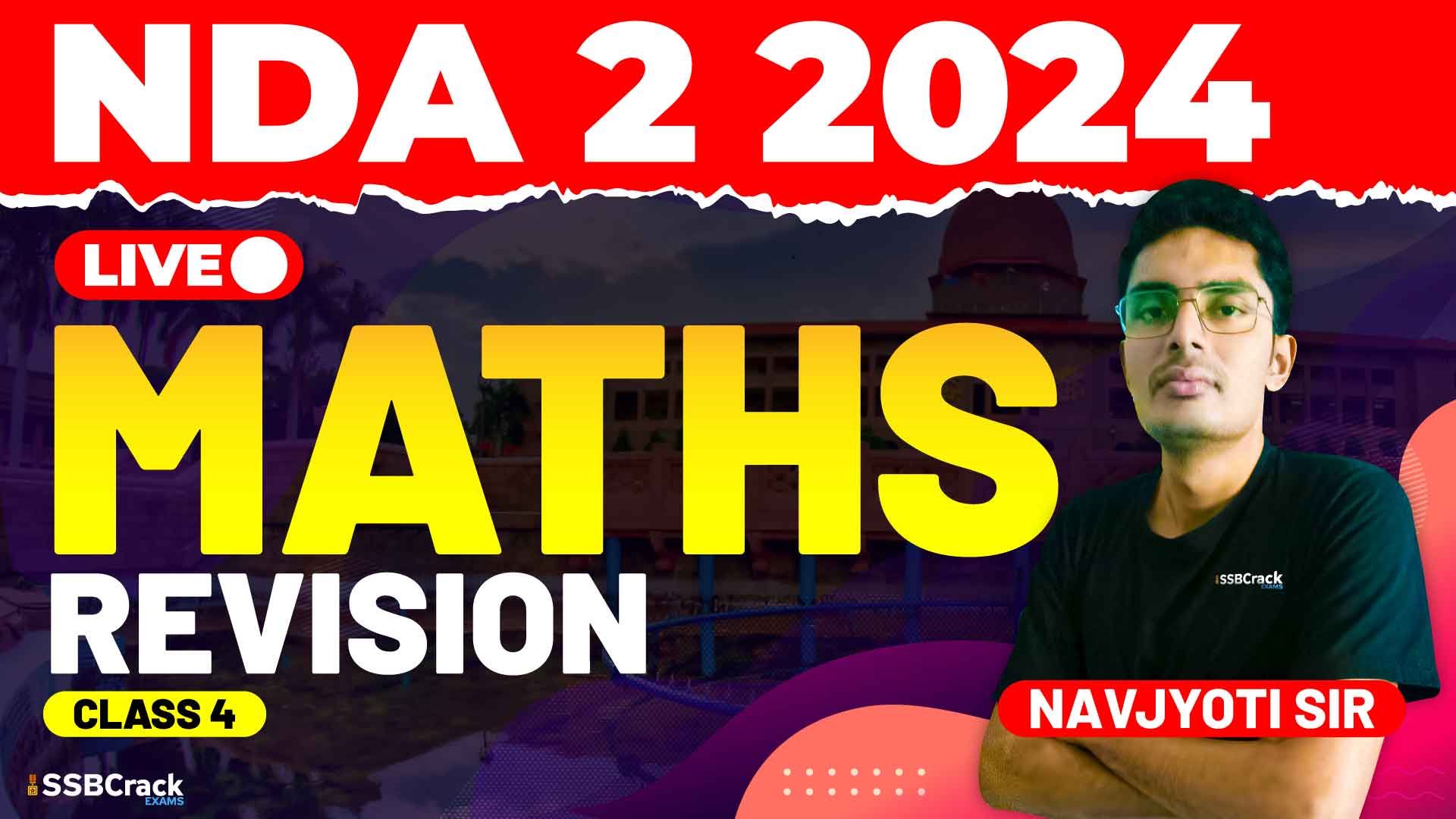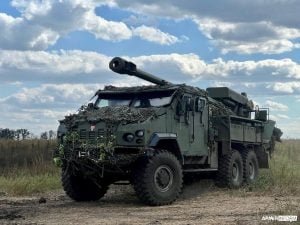Analytical Geometry, particularly in two dimensions, is a critical topic for the NDA-NA Mathematics Paper-I. The subject involves understanding the geometric properties of figures such as straight lines, circles, parabolas, hyperbolas, and ellipses. The complexity and variety of problems related to these topics make them a regular feature in the NDA-NA exam. This article will highlight the crucial aspects discussed in a recent revision class focused on these topics and provide strategies to excel in solving MCQs related to Analytical Geometry.
Understanding the Core Concepts
- Straight Lines:
The foundation of Analytical Geometry lies in understanding straight lines. In the NDA-NA exam, you can expect questions that test your ability to find the equation of a line, understand different forms of the line equation (slope-intercept, point-slope, etc.), and solve problems related to the intersection of lines, parallel and perpendicular lines. A solid grasp of these basic concepts is essential, as they form the basis for more complex topics. - Circles:
Moving from straight lines to circles involves understanding the standard equation of a circle, the general form of the equation, and conditions like tangency and concentricity. NDA-NA exams often include problems where you need to determine the radius, center, and equation of the tangent. Being familiar with the geometric interpretation of these equations helps in quickly identifying the correct answers. - Parabolas:
Parabolas, with their unique properties, are another favorite in NDA-NA exams. Focus on the standard equation of a parabola, vertex, focus, directrix, and the latus rectum. MCQs may require you to derive these elements from given conditions or compare two parabolas. Understanding the symmetry and reflective properties of parabolas can also be beneficial in solving problems efficiently. - Ellipses:
The ellipse, which generalizes the circle, introduces additional complexity with its major and minor axes, foci, and eccentricity. The NDA-NA exam often tests your understanding of these properties, as well as your ability to manipulate the equation of an ellipse to solve for various geometric parameters. Practicing problems on ellipses helps in building familiarity with common question types. - Hyperbolas:
Hyperbolas, being the most complex among the conic sections, require a deep understanding of their properties, including the asymptotes, foci, and eccentricity. NDA-NA exams frequently feature questions that involve distinguishing between ellipses and hyperbolas based on these properties, as well as solving for the standard form of their equations.
Strategies for Solving MCQs
- Memorize Key Formulas:
While understanding is crucial, memorization of key formulas and equations related to straight lines, circles, parabolas, ellipses, and hyperbolas is non-negotiable. Quick recall of these formulas can significantly speed up problem-solving during the exam. - Practice Visualization:
Geometry is inherently visual. Whenever possible, sketch the problem on paper. This practice helps in better understanding the relationships between different geometric entities and can often lead to quicker solutions. - Break Down Complex Problems:
For problems involving multiple steps or concepts, break them down into smaller, manageable parts. Solve each part step by step, ensuring that you don’t miss any detail that could affect the final answer. - Use Symmetry to Your Advantage:
Many geometric figures have symmetrical properties that can simplify problems. For instance, recognizing the axis of symmetry in parabolas or ellipses can help in quickly determining the coordinates of key points like the vertex or foci. - Time Management:
In the NDA-NA exam, time is of the essence. Prioritize problems based on their difficulty level. Start with problems that you are most confident in solving and leave the more complex ones for later. This strategy ensures that you secure marks on easier questions first. - Review Mistakes:
After practicing MCQs, always review your mistakes. Understanding why you got a question wrong is crucial for avoiding similar errors in the future. Pay particular attention to common traps in MCQs, such as misinterpreting the problem or missing subtle details.
Conclusion
Mastering Analytical Geometry for the NDA-NA exam requires a blend of conceptual understanding and strategic practice. By focusing on the core topics of straight lines, circles, parabolas, ellipses, and hyperbolas, and applying effective problem-solving strategies, you can enhance your ability to tackle the challenging MCQs in this section. Regular practice, combined with the strategies discussed in this article, will help you build the confidence needed to excel in the exam. Remember, consistency in preparation and a clear understanding of fundamental concepts are the keys to success.

















